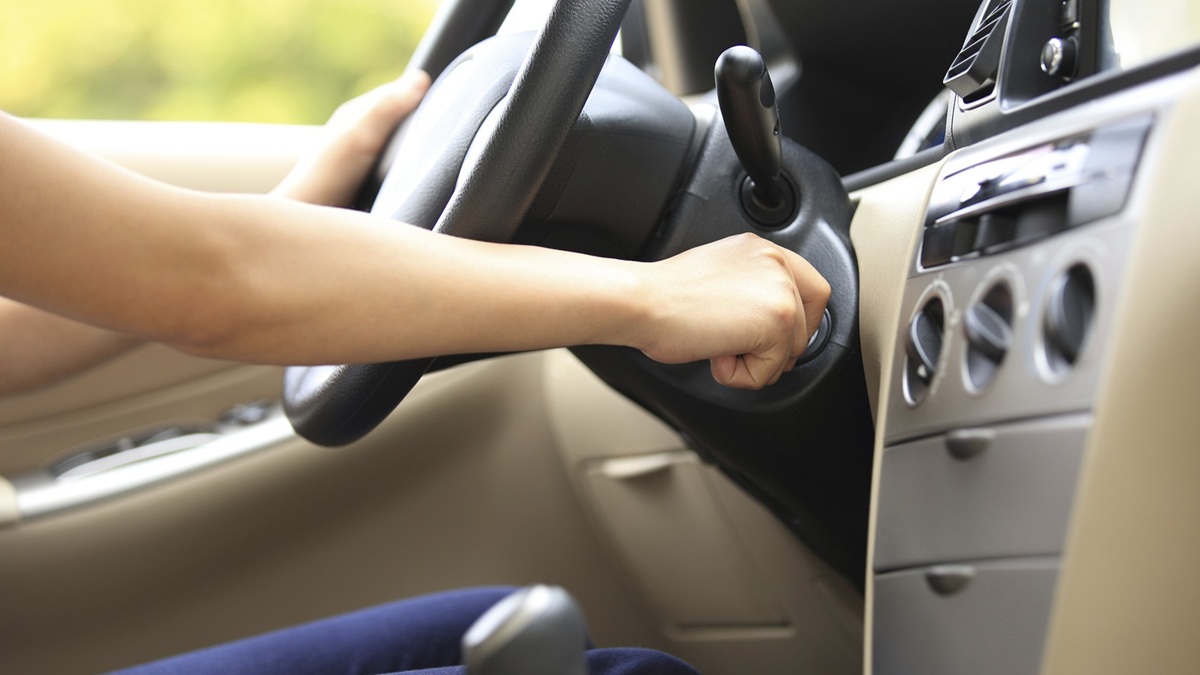
Common Driving Mistakes
Learning to drive is an exciting milestone, but it also comes with serious responsibilities. While many new drivers are eager to get on the road, inexperience can lead to mistakes that increase the risk of accidents.
Whether it’s speeding, misjudging distances, or getting distracted, recognizing and correcting these errors early builds confidence and ensures safer driving for everyone.
This guide outlines the most frequent mistakes beginners make behind the wheel and offers practical solutions to help you form safe habits. By mastering these lessons now, you’ll set yourself up for a lifetime of responsible driving.
1. Not Looking Far Enough Ahead
New drivers often fix their eyes on the road directly in front of the car, worried about hitting something. However, safe driving requires looking much farther ahead to anticipate and prepare for what’s coming.
2. Driving Too Fast or Too Slow
Some beginners drive overconfidently and speed, while others go too slowly out of nervousness. Both behaviors are dangerous. Speeding reduces reaction time, while driving too slowly disrupts traffic flow and can cause rear-end collisions.
3. Ignoring Blind Spots
Blind spots are areas outside the view of your mirrors. Failing to check them – especially during lane changes – can easily cause accidents. Many new drivers rely solely on mirrors instead of turning their heads.

4. Forgetting Turn Signals
Turn signals let other drivers know your intentions. Beginners often forget to use them, or activate them too late, which causes confusion and potential accidents.
5. Following Too Closely (Tailgating)
Many new drivers leave little space between themselves and the car ahead, giving them almost no time to react if the vehicle suddenly stops.
6. Getting Distracted
Phones, radios, and conversations are tempting distractions for new drivers, but even a moment of inattention can lead to accidents.
7. Poor Judgment at Intersections
Intersections demand quick, confident decisions. Hesitating too long or pulling out too soon can lead to dangerous situations.

8. Ignoring Weather Adjustments
Driving in rain, snow, or fog requires extra caution. Many beginners fail to adjust speed or technique to match conditions.
9. Weak Parking Skills
Parallel parking, reversing, and maneuvering in tight lots can be tough for new drivers, leading to poor alignment or getting too close to other cars.
10. Skipping Vehicle Maintenance
Failing to maintain basic car care can lead to breakdowns and unsafe driving conditions. Many new drivers forget about tire pressure, fluids, or warning lights.
11. Driving Too Hesitantly
While caution is good, being overly hesitant can confuse other drivers and cause accidents. Indecisiveness at intersections, merges, or roundabouts is especially risky.



